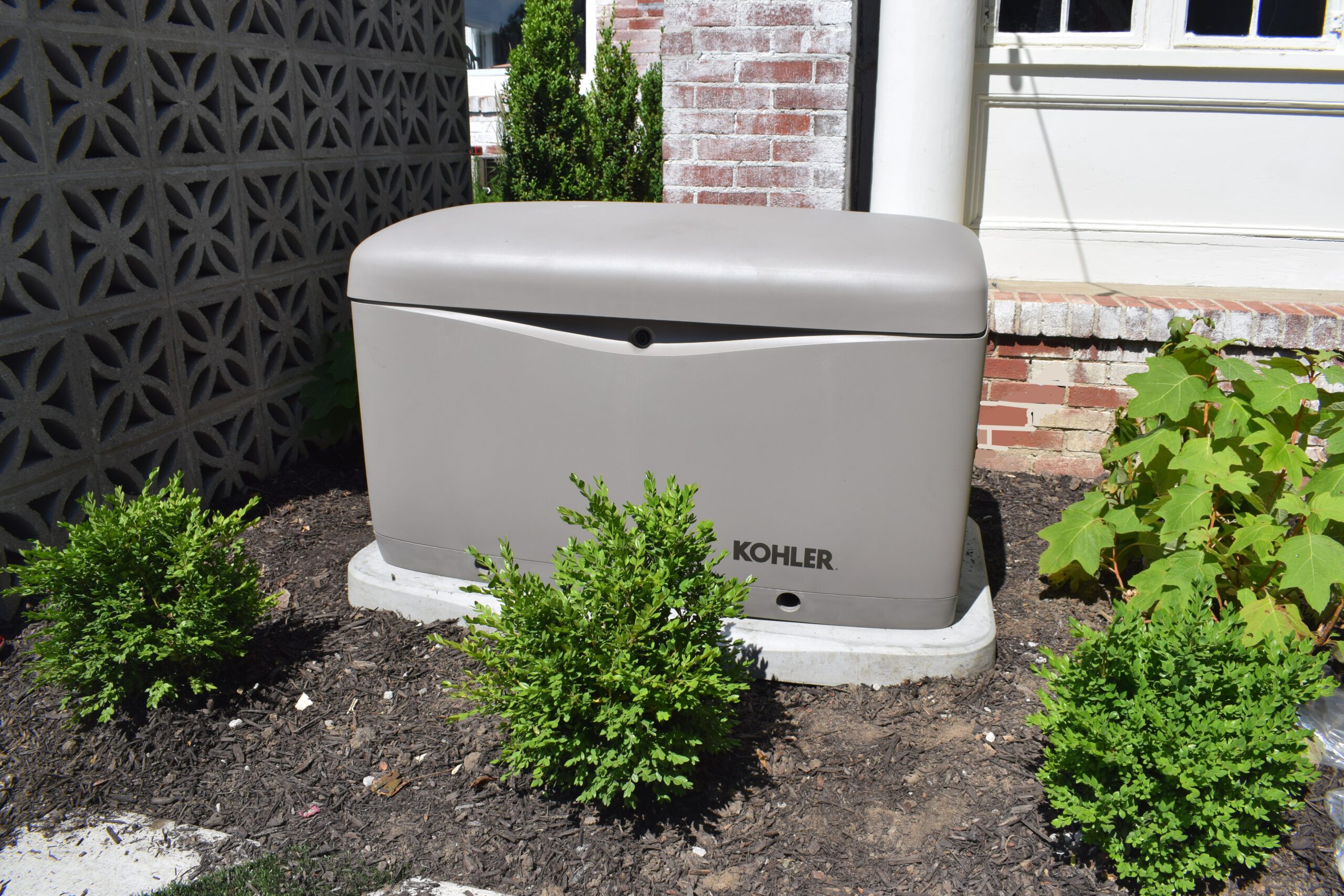As power grids and homes strain under increasingly erratic weather they were not designed to withstand, consumers are looking for alternative sources of power generation. Whole-home standby generators provide a reliable source of electricity for homeowners, and consumers know this. Unprecedented demand for these generators has caused a nationwide shortage leaving manufacturers still struggling to catch up.
Power outages affect us all year round. Lightning, high winds, ice storms, heavy snows, and grid failures can leave us feeling vulnerable. The strain on the Southwest Power Pool utility grid caused by unprecedented cold threatened to shut down the entire Midwest electrical supply, forcing rolling power outages in Kansas City to ration electricity. Texas experienced a complete breakdown of their electricity, gas, and water systems from the same weather pattern, leaving them without electricity for days.
Losing Power Costs Money
Losing power is a costly proposition, not just in inconvenience and time lost, but in money. Those who lose cooling or heating must seek shelter. Those who lose power face water damage caused by frozen pipes, sump pump failures, and additional costs associated with spoiled refrigerated foods. Those who have well water or sewage pumps lose water and the ability to flush their waste. And if you are older or have special needs, these challenges may cause you to reconsider your living arrangement altogether.
Portable Generators vs. Whole-Home Standby Generators vs. Solar Panels
While analyzing their realized and potential future losses from power outages, consumers evaluate their options going forward. Will widespread power grid failures happen again? Worsening weather may cause even more frequent power outages. According to energy.gov, power outages have increased by over 400% since the year 2000, so the question homeowners are facing is not should I get an alternative energy source, but which alternative energy choice should I choose.
The most widely available options to homeowners are whole-home standby generators, portable generators, and solar panels. Whole-home standby generators are widely considered the most reliable choice because they go to work automatically when power is lost and are not dependent upon sunshine or electrical grids. Solar panels conversely need sunlight to work and require that the region’s electrical grid is still functioning unless a costly battery storage system is purchased. Portable generators require manual setup when a power outage occurs, and do not power the entire house. Whole-home standby generators run off natural gas or propane, and power the whole house automatically with no effort or thought when electricity is lost.
How Do I Choose the Best Generator for My Home?
There are a lot of choices, both in generators and in generator installers. Installing a generator is a major investment, so it is wise to choose manufacturers and installation companies who have been around for a long time and can stand by their work.
There are several things to consider when choosing a standby generator and an installation company:
- Guaranteed installation workmanship and equipment warranties.
- The quietness of the generator motor.
- Smooth, undistorted electricity supply to protect sensitive electronics and appliances.
- Option to add a mobile link for remote monitoring.
- 24/7 availability for questions or assistance.
What is Involved with a Generator Installation?
Installing a whole-home standby generator requires skill in electricity, gas, small motors, electronics, and ground preparation. It is highly recommended that you choose a company that employs electricians with generator installation experience who have plumbers on hand skilled in gas fuel line supplies. You also need an installer who is knowledgeable of the different generator options and how to choose the proper size for your home.
There are five main steps in generator installation:
- Site location away from windows, on well-drained soil, with space surrounding the unit for maintenance access.
- Installation on a concrete slab on pea gravel on a pre-leveled area.
- Connection of the fuel line and installation of the transfer switch next to the electrical panel.
- Breaking in the engine through lubrication, adding oil, running for an hour, then changing the oil.
- Outage simulation testing and programming of weekly self-test.
Is a Whole-Home Standby Generator Right for Me?
There are whole-home standby generators that work for every home and circumstance. Anthony PHCE generator experts can walk you through the process of deciding if a generator is right for you and can explain all the options available in choosing the right model for your home. Contact us today at A-N-T-H-O-N-Y 268-4669 (913) or (816) to schedule your free in-home consultation.

